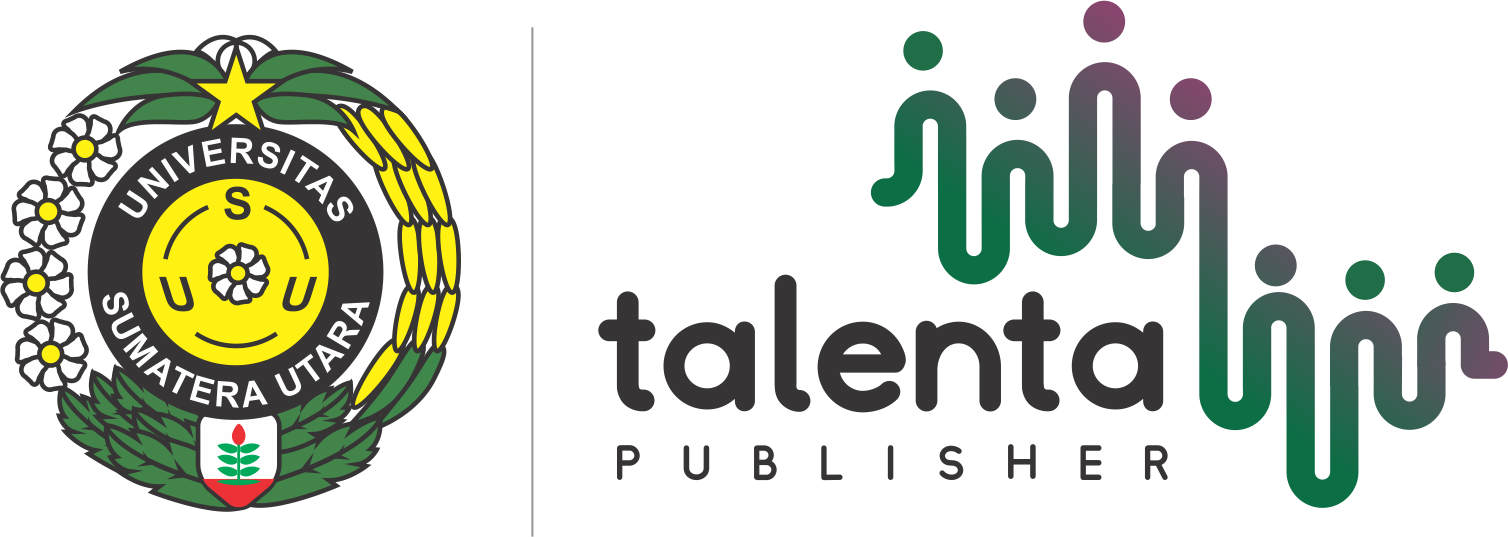Analisis Kegagalan Perawatan Pada Mesin Screw Press Pengolahan Kelapa Sawit Dengan Metode Failure Mode and Effect Analysis (FMEA)
| Authors | ||
| Issue | Vol 8 No 1 (2025): Talenta Conference Series: Energy and Engineering (EE) | |
| Section | Articles | |
| Section |
Copyright (c) 2025 Talenta Conference Series: Energy and Engineering (EE)  This work is licensed under a Creative Commons Attribution-NonCommercial-NoDerivatives 4.0 International License. |
|
| Galley | ||
| DOI: | https://doi.org/10.32734/ee.v8i1.2654 | |
| Keywords: | Material Requirements Planning Wagner Within Economic Order Quantity manajemen inventori Inventory Management | |
| Published | 2025-07-28 |
Abstract
PT XYZ merupakan pabrik pengolahan kelapa sawit (PKS) yang berlokasi di Labuhan Batu Selatan, Sumatera Utara. Mesin di perusahaan sering mengalami kerusakan tidak terduga oleh beberapa faktor kemungkinan. Mesin yang paling banyak mengalami downtime adalah mesin screw press yaitu 65 kali selama bulan Januari sampai Juli 2024. Mesin Screw Press merupakan mesin yang berfungsi untuk memisahkan minyak dengan fiber dan nut. Berdasarkan tingginya frekuensi kerusakan pada mesin screw press, perlu dilakukan analisis kegagalan pemeliharaan mesin. Failure Mode and Effect Analysis (FMEA) digunakan untuk menganalisis sistem dengan mempertimbangkan berbagai macam kegagalan dari komponen-komponen yang terdapat pada sistem. FMEA menggunakan beberapa parameter untuk menghitung nilai Risk Priority Number (RPN). Komponen dengan nilai RPN tertinggi dianalisis menggunakan Fault Tree Analysis (FTA). FTA adalah diagram yang digunakan untuk mendeteksi adanya gejala untuk mengetahui akar penyebab suatu masalah. Hasil FTA menunjukkan perlu dilakukan pengawasan lebih pada operator, pelatihan tambahan untuk operator dan mekanik, melakukan penjadwalan rutin untuk realign komponen dan inspeksi perawatan pada setiap komonen, memperketatregulasi cleaning area, dan mengevaluasi spesifikasi, lifespan, dan kapasitas mesin serta komponen.
PT XYZ operates as a palm oil processing facility located in South Labuhan Batu, North Sumatra. Despite the implementation of preventive, corrective, and predictive maintenance strategies, the company continues to experience frequent unplanned equipment failures due to various potential causes. Among all machines, the screw press records the highest downtime, breaking down 65 times from January to July 2024. This machine is essential for separating oil from fibers and nuts. Given the recurring issues with the screw press, an in-depth analysis is necessary to determine the root causes and assess the adequacy of existing maintenance procedures. To address this, the company employs Failure Mode and Effect Analysis (FMEA), a method that identifies and evaluates possible failure modes in system components. FMEA helps prioritize risks by calculating the Risk Priority Number (RPN) based on specific criteria. Components with the highest RPN scores are further examined using Fault Tree Analysis (FTA), a visual tool designed to trace faults back to their fundamental causes. The FTA findings suggest several corrective actions: improving operator oversight, providing additional training for both operators and maintenance personnel, establishing regular schedules for component realignment and inspections, tightening cleaning protocols in the operating area, and reassessing the design specifications, durability, and capacity of both the machinery and its parts.





